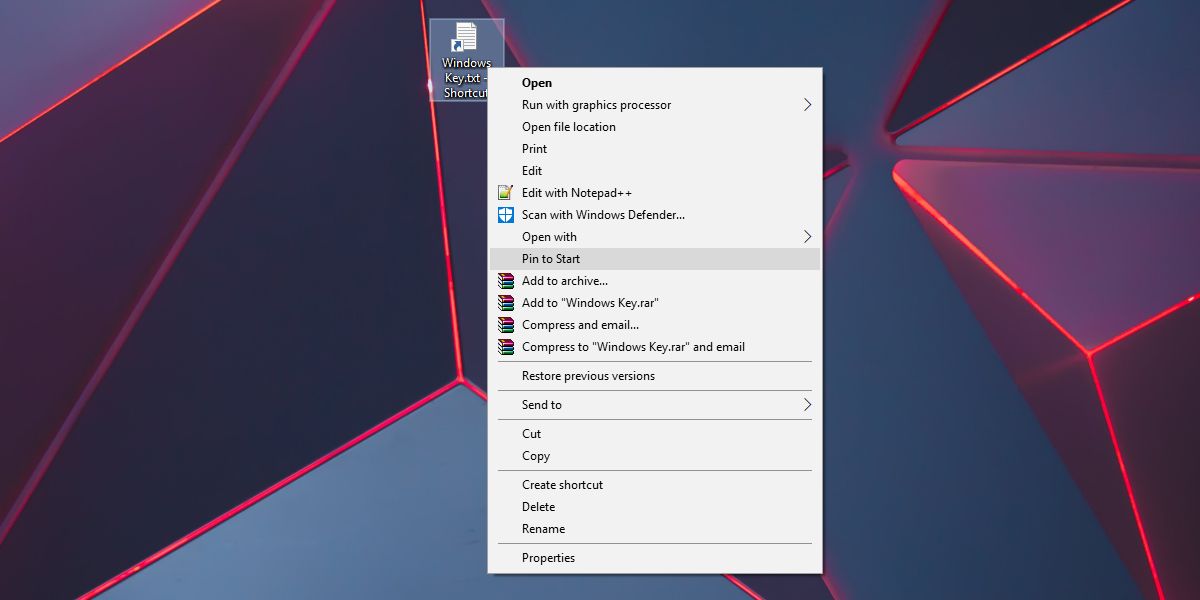
Once the installation is complete, activate the tool by registering with your email. If you like you can skip installation of any associated third-party apps during Folder Colorizer setup, simple uncheck any box that asks for installing third-party apps in the setup wizard, otherwise keep the optioned checked if you wish to install third-party tools along with the main utility. Download, run the installer file and follow on-screen setup instructions to install this useful utility on your Windows 10 device. In order to get customize folders with different colors in Windows 10, download Folder Colorizer app from this link. It makes it easier to recognize folders with different colors than having to look for them using names.Ĭustomize Folder With Different Colors On Windows 10 Setting different colors for folders makes it easy for you to identify and access them if you have too many folders on your Windows device. Out of all the ways available for customizing folders, changing colors for different colors is the most fun and easy way of separating folders containing different file types. You can customize folders to make it easier for you to identify files placed in different folders. You can keep files and sub-folders separately for easy identification and accessing different files. Folders are an essential part of Windows, they help us keep things organized in an orderly manner. You will find plenty of software compatible with Windows that work to help users customize Windows OS experience. Windows OS has always been famous for allowing users endless possibilities to customize their device just the way they like. This location is the Windows Task Manager.Windows 10 has improved already great customization features that make Windows OS popular the world over. You can only enable or disable those currently inside of the Startup folder. The only difference is that programs cannot be added or removed. There is one area that enables you to interact with the Startup function, which contains all of the programs found inside of the folder. Attempting to understand why a certain application isn’t opening, or when working with applications that feature user-based licensing or access restrictions will require you know which Startup Folder to configure.

Understanding the distinction between the All Users and Current User Startup Folders is important when it comes to troubleshooting. Each account will contain a unique Startup Folder in addition to the universal Startup Folder.

The second one only really matters if you have multiple accounts on your Windows 10 computer. One Windows 10 Startup folder operates at the system level and is shared among all user accounts (All Users folder), while the other operates at a user level and is unique to that user’s account (Current User folder). When it comes to the Windows 10 Startup folder, it can be found in two different locations.


 0 kommentar(er)
0 kommentar(er)
